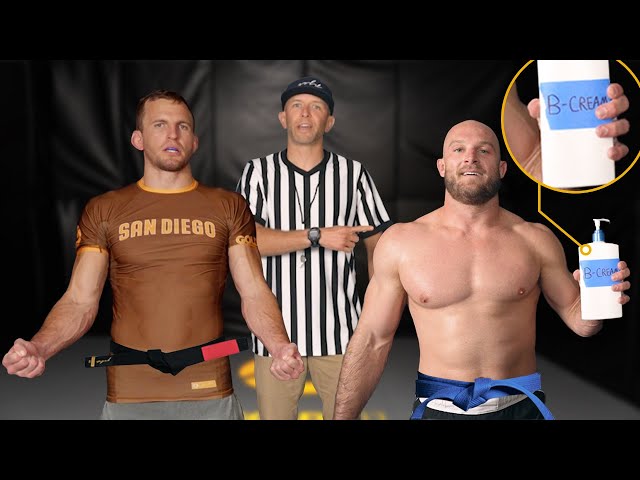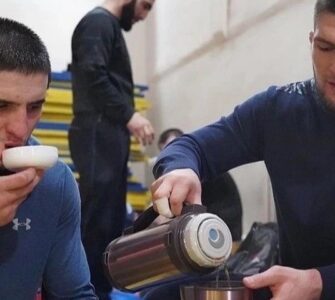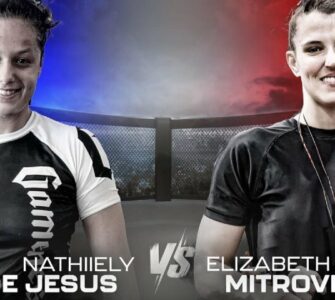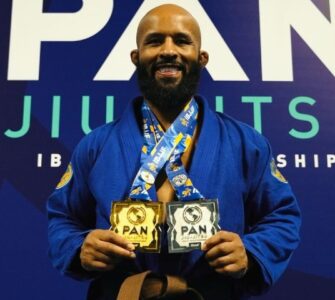The eternal question in Brazilian Jiu-Jitsu: Does greasing really make a difference in grappling? This intriguing question was put to the test in a unique experiment where a greased-up Blue Belt, Paul Ingram, took on an elite Black Belt, Breylor “JR” Grout.
Setting the Stage
The experiment was inspired by the recent match between Gordon Ryan and Nicky Rod, where the question of greasing in Jiu-Jitsu came to the forefront. To test this, the team used B-Cream and baby oil, with Paul Ingram, a blue belt, as the greased-up contender against the experienced Black Belt, JR Grout.
The Experiment Phases
The matchup was divided into several rounds, each testing different greasing intensities and additional elements such as long-sleeve rash guards and spats.
- Round 1 – No Grease: This was the baseline, where JR quickly established his dominance.
- Round 2 – B-Cream Grease: Despite the greasing, JR adapted his strategy and secured wins, though Paul’s slippery nature posed challenges.
- Round 3 – Extra Grease: More B-Cream made it harder for JR to maintain grips, yet he managed to adapt his technique for control.
- Round 4 – Baby Oil: The maximum level of greasing was tested with baby oil, making grappling significantly more challenging for JR.
- Round 5 – Long Sleeve Rash Guard: Adding a rash guard improved JR’s grip but did not entirely mitigate the greasing advantage.
- Round 6 – Rash Guard and Spats: The final round introduced spats, balancing the playing field slightly more.
Observations and Strategies
The experiment revealed interesting insights into how greasing affects grappling dynamics. JR found it increasingly difficult to maintain control as the level of greasing intensified. However, he adapted by using more body control and focusing on positions where the grease had less impact.
From Paul’s perspective, greasing allowed him to slip out of many holds and submissions, though it also made it hard for him to execute certain techniques. The addition of the long-sleeve rash guard and spats in the later rounds helped JR regain some control, demonstrating that clothing can mitigate the effects of greasing to some extent.
While greasing can provide an advantage in terms of slipperiness, it’s clear that skill and technique still play a significant role in grappling. The elite black belt was able to adjust his strategy to counteract the slippery nature of his opponent. It was a fun and enlightening experiment that shed light on a less-discussed aspect of Brazilian Jiu-Jitsu.
The greasing experiment highlights the importance of adaptability and technique in Jiu-Jitsu, showing that while external factors like greasing can influence a match, skill and experience are paramount.

















